In 1985, the Chicago Bears defense dominated nearly every opponent it faced. Running a pressure-driven scheme developed by coordinator Buddy Ryan called the "46" defense, the Bears allowed 258.4 yards and 12.4 points per game, both of which were the fewest in the NFL that season. After a 15-1 regular season, Chicago recorded shutouts in the NFC divisional and championship playoff games, the first team in league history to allow no points in consecutive postseason contests. Then on January 26, 1986, in New Orleans' Louisiana Superdome versus New England in Super Bowl XX, the Bears defense recorded seven sacks and allowed only one rushing first down—both of which are still Super Bowl records 30 years later.

President Obama was presented a jersey during the 2011 White House ceremony. (AP/Pablo Martinez Monsivais)
The Bears won that game 46-10; Chicago's defense gained nearly twice as many yards on fumble returns than the Patriots did on running plays.
"This was the defense that set the standard and it is still the standard," one of the most prestigious admirers of the '85 Bears, President Barack Obama, said during a 2011 White House ceremony. "More than 25 years later, the standard against which all other teams are compared is coach Ryan's defense."
It is true that all these years later, other defenses are regularly measured against Chicago's unit. As strategy has evolved, teams have taken elements of Ryan's 46 scheme and used it to their own success. Any time a team strings together an impressive defensive stretch the inevitable parallels are drawn to the '85 Bears.
But how about flipping those comparisons to the other side of the ball. Just as defenses have taken several steps forward in the past three decades, so too have offenses. The Bears stopped nearly everyone they faced that season, often times in commanding fashion. But could Chicago's scheme work as well today, versus modern offensive attacks that use skill players in different ways and run more complex formations than the ones used in 1985? Would the 46 still be able to hold up as the NFL's rulebook has evolved, often times shifting in favor of the offense?
Disregard the fact that the players of today are generally bigger, faster and stronger than the ones from 30 years prior. ChicagoBears.com spoke with players from the '85 Bears, along with opponents and experts, to see strictly from a schematic perspective how the 46 defense used by Ryan's unit would fare in the NFL against contemporary offenses, focusing on three modifications football has undertaken since the Super Bowl XX champs last took the field.
The 1985 Chicago Bears were among the best teams of all-time; turns out their skills were also transcendent to any era of football.
Changes in offensive philosophy mean new attacks to defend
Professional football has seen a lot of changes in the 30 years since the Bears' Super Bowl title. The NFL has grown, from 28 teams during that '85 season up to 30, then 31 and now 32 professional franchises. Games are no longer played on the old concrete-like artificial turf due to important advances in playing surfaces. Thanks in large part to fantasy football, the sport as a whole has taken off, changing how games are broadcast, watched, talked about and reported on. [

](http://prod.static.bears.clubs.nfl.com/assets/images/imported/CHI/photos/insideimages/2016/20160011960x960pxv4.jpg "Click to view full-size infographic")
A transformation has occurred inside the huddle as well, especially for offenses. The largest shift has taken place in the types of plays called most often, as many teams have gone from primarily running the ball to pass-first attacks. In the four seasons from 1982-85, NFL teams averaged 30.9 rushing attempts per game for an average of 124.1 yards. In that same time frame, teams threw it 31.8 times for 203.6 yards a contest.
Compare that to stats from the last four regular seasons, 2012-15. During that span, passing attempts and yardage have seen a significant spike, up to 35.1 attempts and 236.9 yards per game. Since the number of offensive plays per game have remained essentially even—from 65.5 in 1985 to 64.4 in 2015—the increased passing has come at the expense of running plays, which over the past four seasons have fallen to 26.8 carries a game for 112.2 yards.
"These days it's almost like a guaranteed higher percentage that you're going to throw the ball a majority of the time," said Tom Thayer, who started at right guard for the '85 Bears and has called games as the team's radio color analyst for the past 19 seasons. "Back then, I think that most teams predicated their overall success on how well they could run the ball, and that was kind of complimented by the throwing game. And now it's kind of the other way the around. Everyone wants to see how well you're going to throw the ball and then how you fit in your running game accordingly."
The '85 Bears defense was strong in all phases. With pass rushers like Richard Dent, Otis Wilson and Steve McMichael, the front-seven could get after quarterbacks, while a skilled secondary shadowed receivers. Meanwhile, 1985 Defensive Player of the Year Mike Singletary led a fierce unit that shut down opponents' run plays in their tracks.
The 46 was all based on pressure through sheer manpower. With eight men in the box on nearly every snap, Ryan had the ability to send as many or as few defenders as he chose at the ball. Given Chicago's skill across the lineup, the coordinator knew at least one player would win a one-on-one matchup against an opposing blocker and cause havoc. "The 46 coerced myself as a quarterback," said former Washington quarterback Joe Theismann, who in 1985 was sacked by Chicago four times and threw two interceptions in a 45-10 Bears win. "If they brought pressure you had to get the ball out of your hands quickly. And if they dropped seven or eight, all of a sudden you are back there looking at coverage. For a quarterback, they created so much indecision with what they did."
However because of the number of players crowded near the line, the scheme did make the Bears vulnerable at times against offenses with a quarterback who could unload the ball quickly and get it to skill players in space.
Take a look at which players led the 1985 Bears in different stat categories for the championship season.

QB Jim McMahon led the '85 Bears in pass completions, passing yards, passing touchdowns and QB rating.
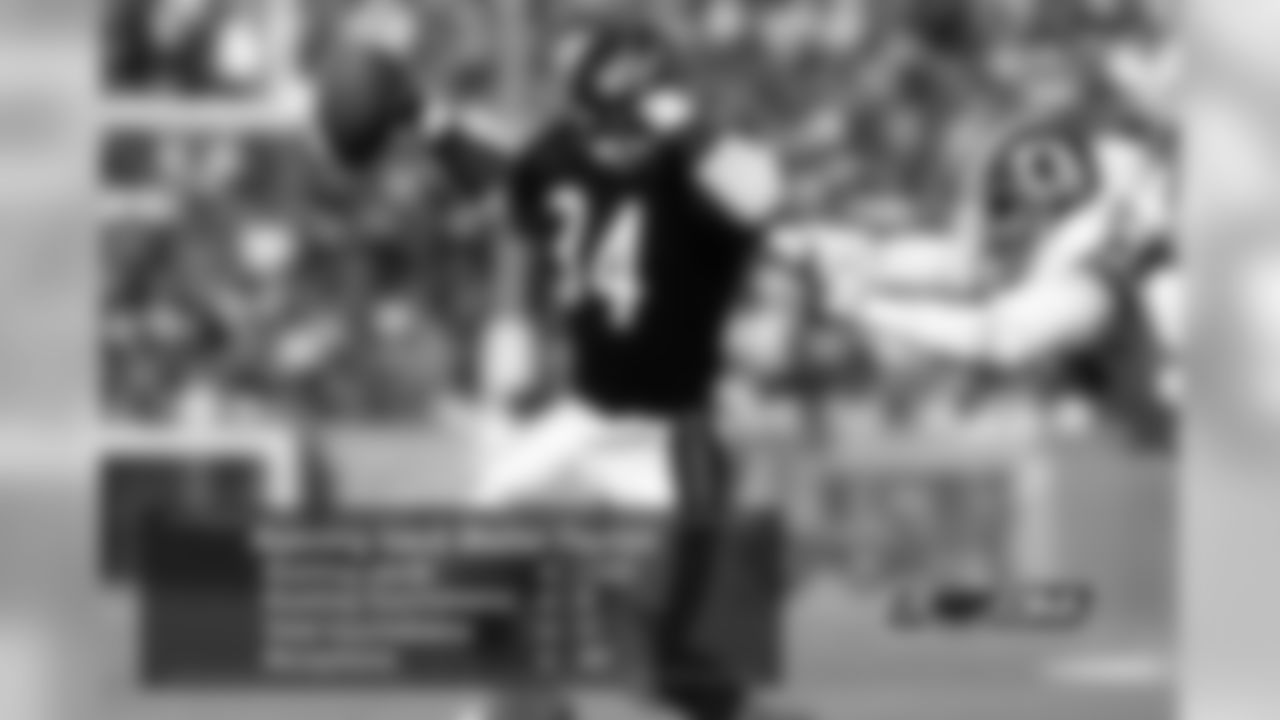
RB Walter Payton rushed for a team-high 1,551 yards, nine touchdowns while also pulling in 49 catches. His two receiving touchdowns put him in the lead with 11 total touchdowns on the year.
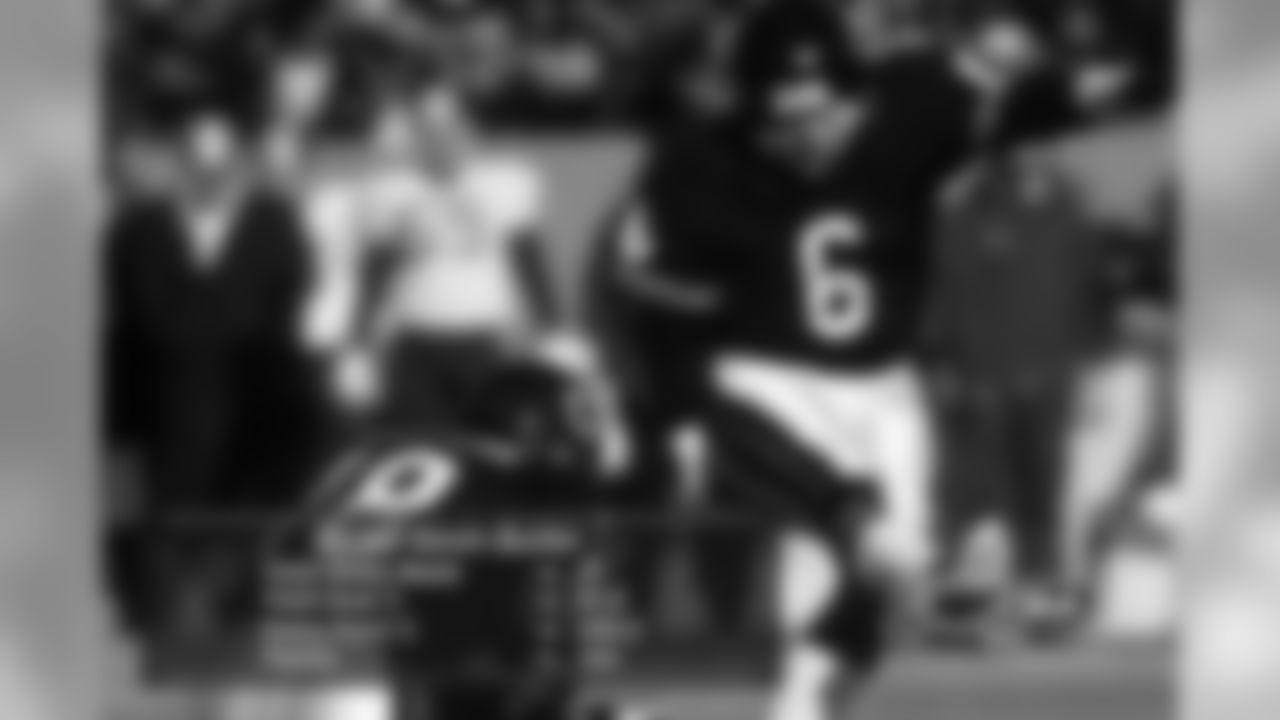
Kicker Kevin Butler made 31 field goals at an 81.6% success rate. He was perfect (51/51) in extra points to score the most points for the Bears with 144 total.
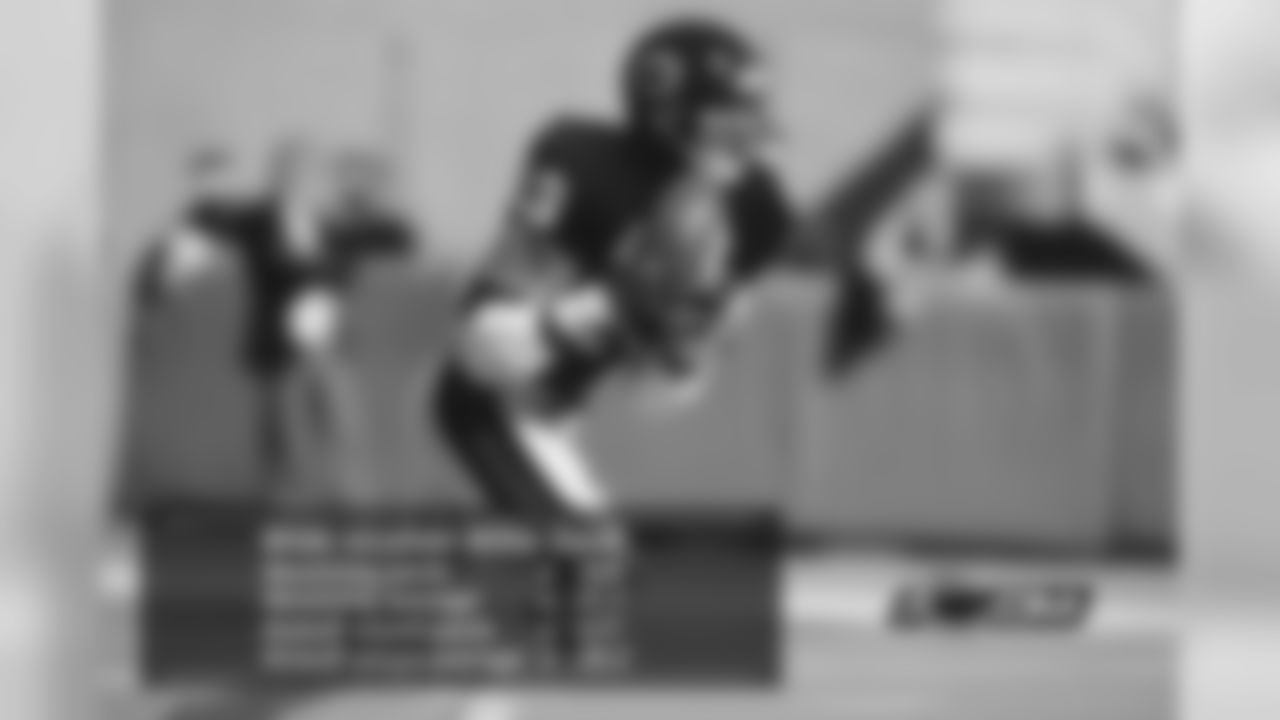
WR Willie Gault was a playmaker leading the team with 704 receiving yards, a 21.3-yards per catch average, 577 kickoff return yards and a 26.2-yard kickoff return average.
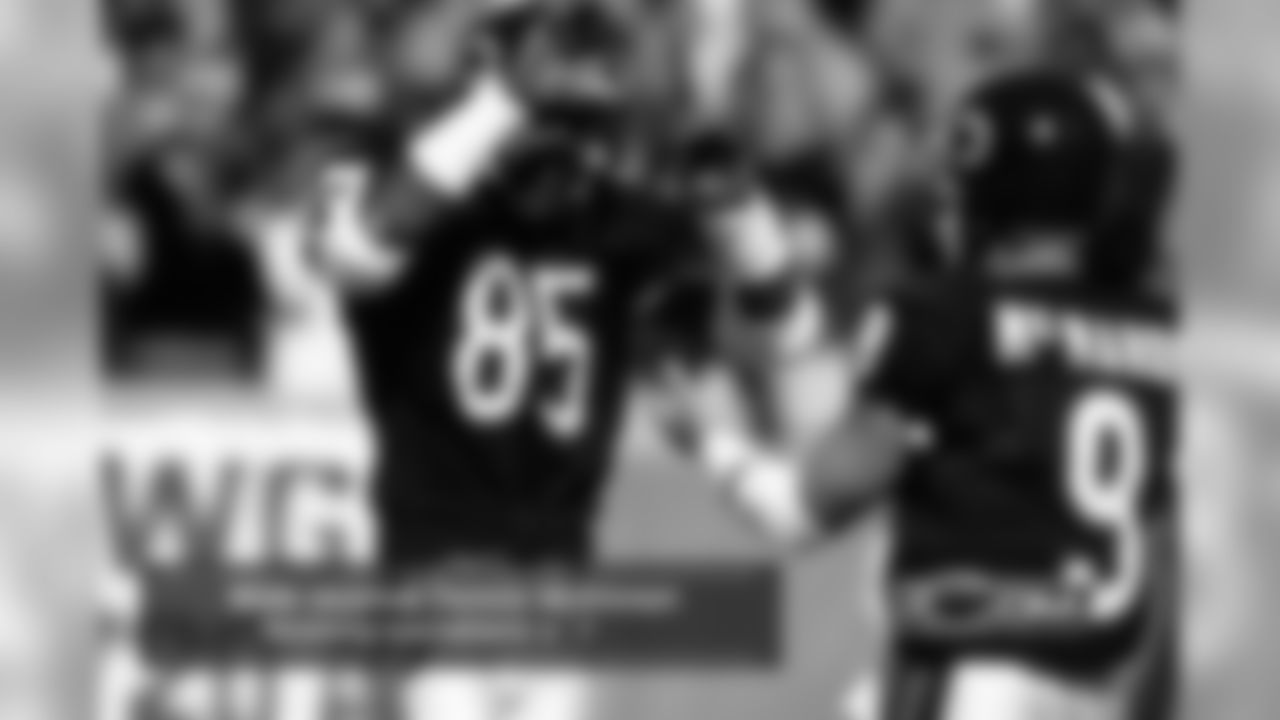
WR Dennis McKinnon scored the most receiving touchdowns with seven.
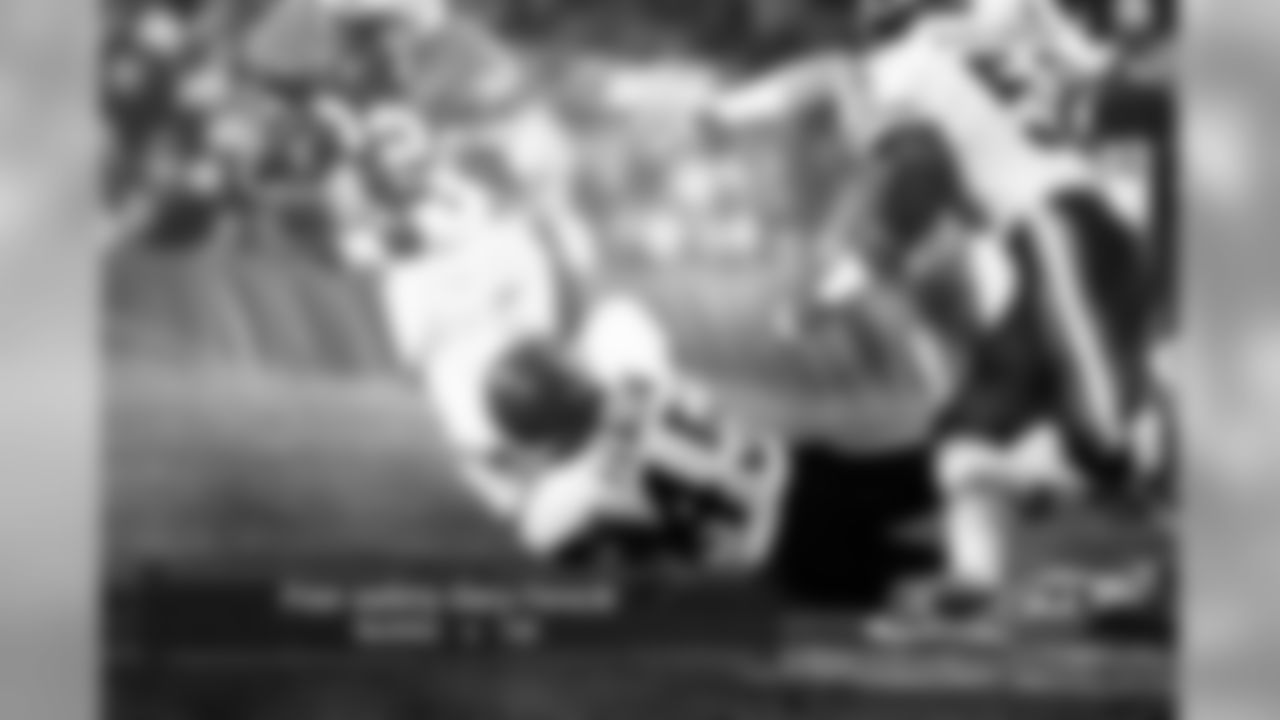
FS Gary Fencik led the dominant Bears defense with 118 tackles.
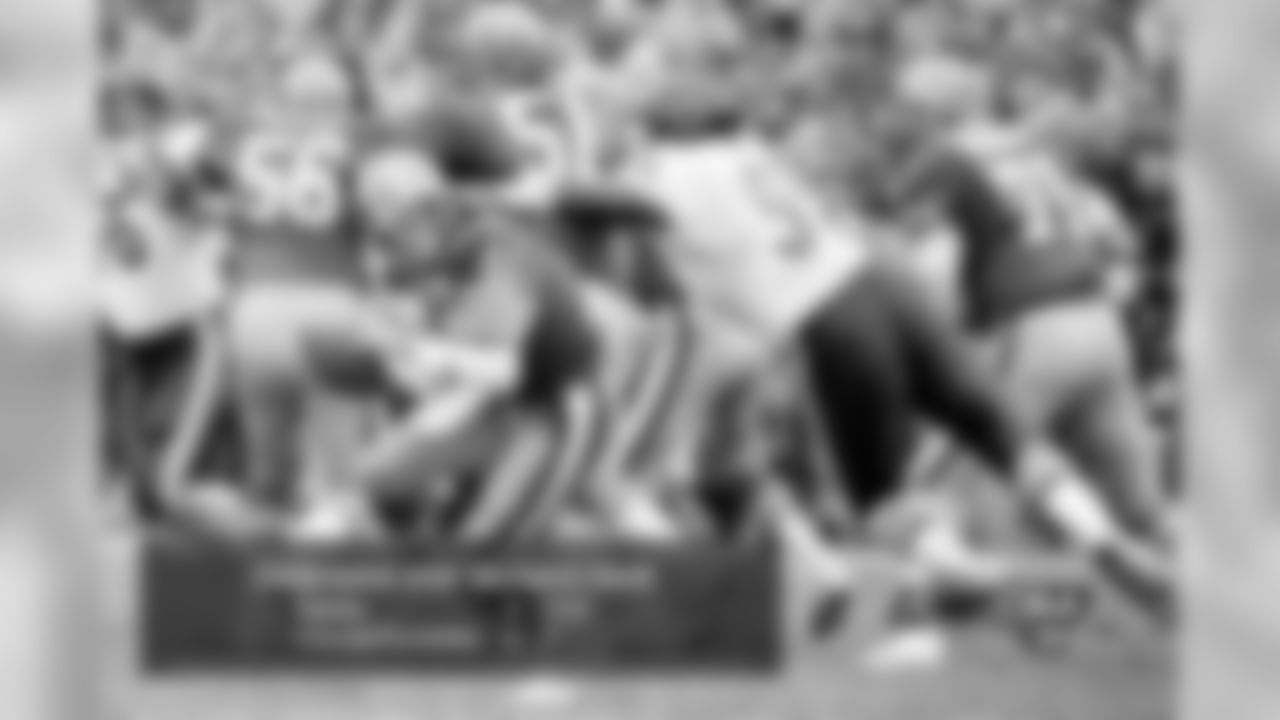
RDE Richard Dent wrecked offenses to lead the Bears in sacks (17.0) and forced fumbles (7).

RCB Leslie Frazier had the team-high in interceptions with seven.
The quick reads and short throws are even more common today, while offenses expose pressuring defenses by using three and four wide receivers in a single formation, along with running backs and tight ends who can catch. Meanwhile, more quarterbacks are in the shotgun, giving them a few extra yards from the oncoming defense. These would force an adjustment to the base 46.
Journalist Dan Pompei covered the '85 Bears for the Chicago Sun-Times; he now writes for Bleacher Report and is a member of the Pro Football Hall of Fame's Selection Committee. Pompei believes that given the frequency of passing in the modern NFL, the Bears would have no choice but to adjust their 46 scheme. While the defense could perfectly take away what offenses wanted to do when the quarterback lined up under center, with a pair of backs behind him and a tight end off the line of scrimmage, that's not the reality any more. Top offenses these days want to spread it out and create mismatches of their own, putting their talented athletes in space while getting rid of the ball quickly to prevent pressure.
"The way the game has changed now, I think most of the time when you would use a 46 defense you would be in a nickel, which would change things obviously," Pompei said. "You wouldn't have the availability on the field of two great pass-rushing outside linebackers like the Bears did in Wilson and Wilber Marshall. The types of personnel that most defenses look for now is a little bit different from that."
Though the Chicago lineup that took control 30 years ago may not be exactly ideal for defending today's offensive schemes, Ryan was smart enough to make it work, while the roster had enough skilled players to make the necessary adjustments to deal with the complex, pass-first attacks that many current offenses use.
Thayer pointed out that many of the top defensive coaches in 2015 figure out ways to get their best 11 players on the field, forming schemes around individual talents instead of trying to fit square pegs into round holes. He believes Ryan would do the same. "I think the 46 would be as dominating today as it was back then," Thayer said. "Practicing against those guys at a high level every day and then watching them go out and dominate teams the way they did, I think they'd have the same impact for a football team today as they did 30 years ago."
New rules make it tougher for the defense
During the course of their 16 regular season games in 1985, the Bears were flagged for 104 penalties—tied for ninth-most in the NFL—which cost the team 912 yards. In their three postseason contests, Chicago was hit with another 15 flags for 108 yards. Given how physical the 46 defense was, the fact that the team heard a few whistles here and there is no surprise.
For an NFL team today, 104 penalties in a 16-game season is not much to scoff at. In 2015, that total would rank in a tie for 20th in the league. Put another way, the 119 penalties the '85 Bears recorded in 19 games were fewer than what 25 percent of the league did in 16 contests this season. With a larger rulebook, and faster, stronger players still occupying the same size field, there are more penalties than ever before in professional football.
Playing under the game's current laws would be a challenge for the Chicago defense. The unit thrived on intimidating opponents with their ferocious attacking style and humongous hits. Several players remembered the hit Marshall laid on Detroit quarterback Joe Ferguson in the team's Week 16 matchup. Ferguson evaded a rush and rolled out to his left, only to find a charging Marshall approaching. The linebacker lunged with his head first and flattened the Lions quarterback, forcing Ferguson out of the game with an injury. No flag was thrown then; today that would be an easy personal foul call for roughing the passer.

Free safety Gary Fencik was one of the key players who occupied the middle of the field for the Chicago defense. (AP Photo/David Durochik)
So could the Bears' 46 defense be as impactful as it was 30 years ago, given the rule changes? The consensus was yes, but a few adjustments would need to be made.
"The way those guys patrolled the middle, they had some eye-opening lightning hits," Thayer said of his teammates. "Wilber would probably be fined and suspended for a couple of games because of those things. But I don't think it would hurt the defense, I think they would just have to be more disciplined in the way they played. No more picking up quarterbacks and throwing them to the ground and all that kind of stuff."
One of the key players who occupied the middle of the field for the Chicago defense was free safety Gary Fencik. In 1985, Fencik led the Bears in tackles with 118; he also had 15 passes defensed and five interceptions. In his opinion, the aggressive nature he and his teammates played with was a controllable emotion. While big hits and physical play was a staple of what the '85 Bears did, the unit still would be able to thrive even with the officials calling a tighter game that limits what a defense could do. "I think we would adjust to whatever the referees are calling," Fencik said.
Along with the changes to ban helmet-to-helmet hits, other additions to the rulebook would impact how the 46 defense would play. Tackling quarterbacks both above the shoulders and at the knees or below are now subject to flags, with more attention than ever placed on the position. Fencik was confident he and his teammates could adjust to the current rules, however. "The fact that you can't hit the quarterbacks to the degree you could 30 years ago, that's the intimidation factor, but I think players would adjust to that," he said.
There is also illegal contact, which states that beyond five yards of the line of scrimmage, defensive players cannot make contact with eligible receivers. While this rule was in place three decades ago, the NFL has its officials enforce it stricter today. In Ryan's defense, the Chicago secondary played a bump-and-run strategy, shutting down passing lanes so the team's terrorizing pass rush could wreak havoc in the backfield. The closer eye on illegal contact could force more adjustments for cornerbacks Leslie Frazier and Mike Richardson, who often were physical with receivers well past the five-yard cushion.
"If we had to play under these rules, yes they are going to get a lot off, because there's only so much we can do," Wilson said. "It's a little different game today."
Dealing with new types of talent
The 46 was successful for several reasons, but a key was Ryan's ability to put talented players in spots where they would thrive. With pass rushers galore, physical run-stuffers and smart defenders, offenses had no chance more often than not, regardless of which players lined up across from the Bears. In 1985, the Bears faced future Hall of Famers Art Monk (Washington), Eric Dickerson (Los Angeles Rams) and Joe Montana and Jerry Rice (San Francisco); teams featuring those players scored a combined 20 points in three games versus Chicago.
One could argue all day if offensive talent in the NFL is greater today than it was back then, but that's beside the point. What is clear is that teams use their skilled players in different ways today than they did 30 years ago. Yes, the Bears caused matchup problems, causing offenses to re-adjust their own plans to stop the Chicago onslaught. But what if the opponents had a matchup nightmare like Rob Gronkowski, a tight end too fast for linebackers to cover and too big to be matched by safeties? How would the Bears fare versus mobile quarterbacks that are equally skilled at making plays with their legs as they are their arms? From new formations to creative plays, the changes allow offenses to exploit mismatches in ways they didn't previously.

Defensive coordinator Buddy Ryan hugs linebacker Otis Wilson as they watch the final seconds run off the clock in the Bears win over the New York Giants, on Jan. 5, 1986 at Soldier Field in Chicago. (AP Photo/John Swart)
"It's really a faster game now," Pompei said. "There are more ways for offenses to attack. I think one of the things that made the 46 really effective is that they were facing mostly pocket quarterbacks. In those days you didn't have guys like Cam Newton and Russell Wilson who could easily break containment or maneuver in the pocket to buy extra time to make a big play in the passing game. So that would lessen the effectiveness a little bit of the 46."
Wilson, one of the Chicago outside linebackers who would need to be in containment against a running signal caller, said that it was for their own safety that quarterbacks rarely ran versus the Bears. In today's game, he feels the results would be similar.
"They never would have got out the pocket," the linebacker said. "Because I'm on one side, [Dent's] on the other side and we aren't losing contain. Singletary and Wilber are in the middle. No, we were disciplined about what we do and they wouldn't have had a chance. Don't put these kids in harm's way because they will be taken out."
Against modern attacks that highlight unique skill sets, a defense must be able to adapt, and that's where the Bears unit would thrive. In 1985, the Bears would determine their strategy based on what the offensive formation was showing, a fairly innovative technique at the time that has become a standard part of the game. If an offensive formation indicated pass, the Chicago defense could adjust prior to the snap. Around 50 percent of the time, the Bears weren't sure what they were going to do until the offense lined up, according to Fencik.
Thinking on the fly and having the skills to adjust would be important assets for the Bears in today's game. With offensive coaches looking to create matchup problems anywhere they can, Ryan's unit would be forced to do things differently than they did 30 years ago. Maybe that would mean less blitzing or playing a slightly different scheme.
But from a change in offensive philosophy to a stricter rule book to new types of skill talent to defend, most agree the talent and intelligence of the '85 Bears would still be causing problems for opponents, 30 years later.
"We never worried about what someone else was doing, they always worried about what we were doing," Wilson said. "We set the bar too high. You can't put these offenses today in the same boat."
Eli Kaberon is a web writer for ChicagoBears.com. He has previously written for Pro Football Weekly, Stats LLC and the Chicago Sun-Times. In 2014, Kaberon won the Chicago Headline Club's Peter Lisagor Award for Best Sports Story in a Daily Newspaper. You can follow Eli on Twitter @EKaberon.












